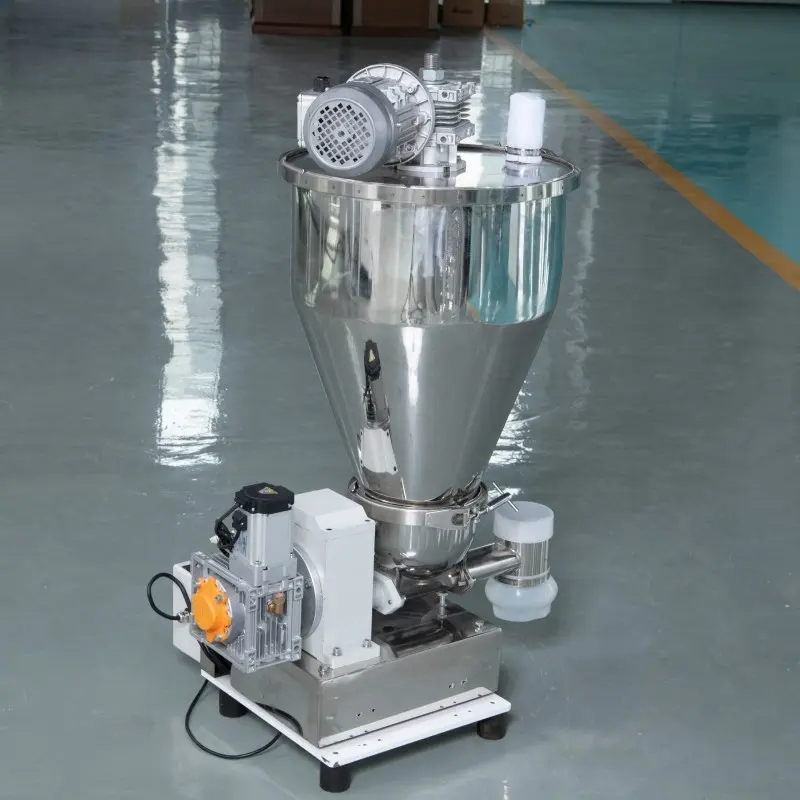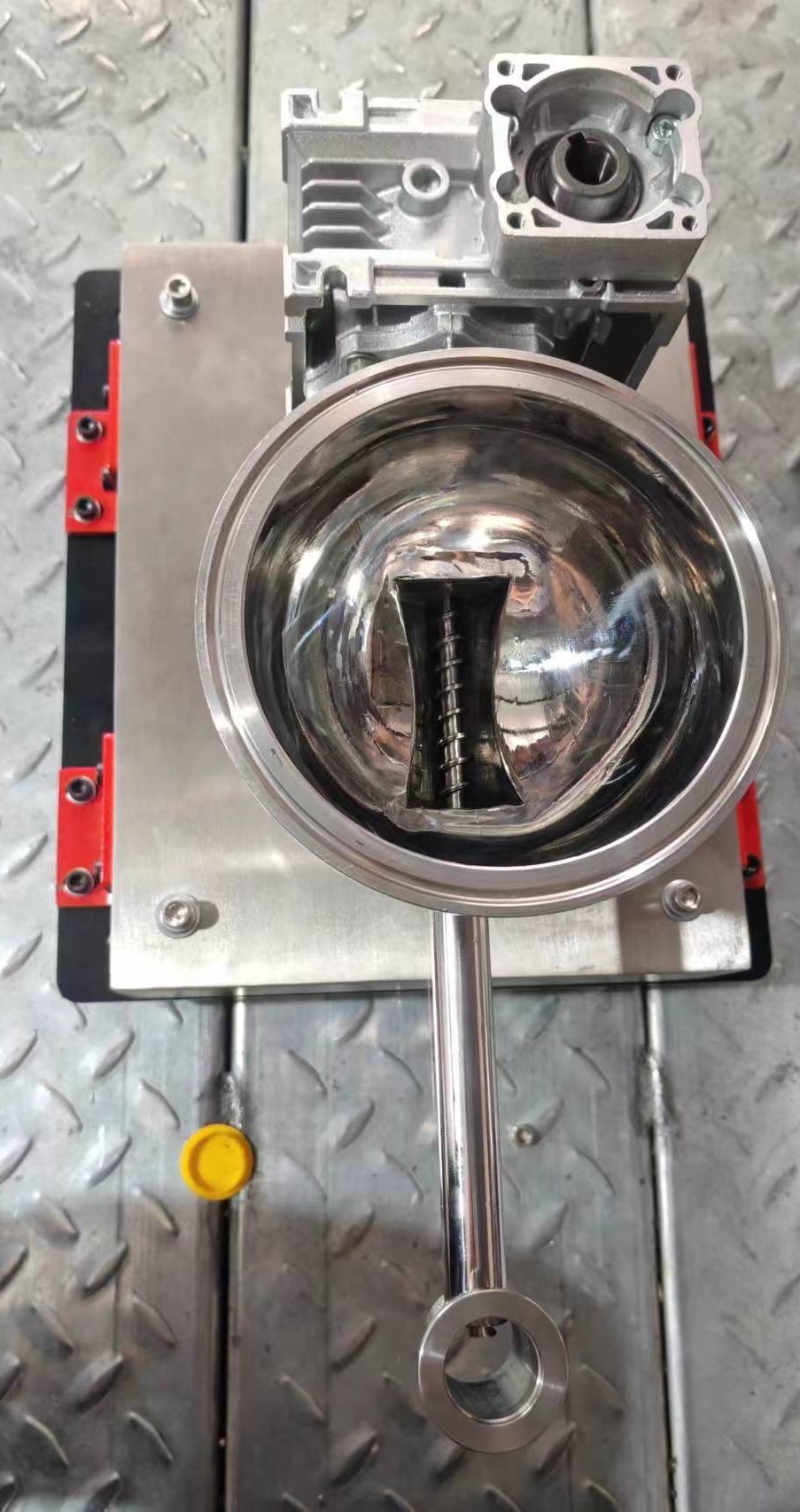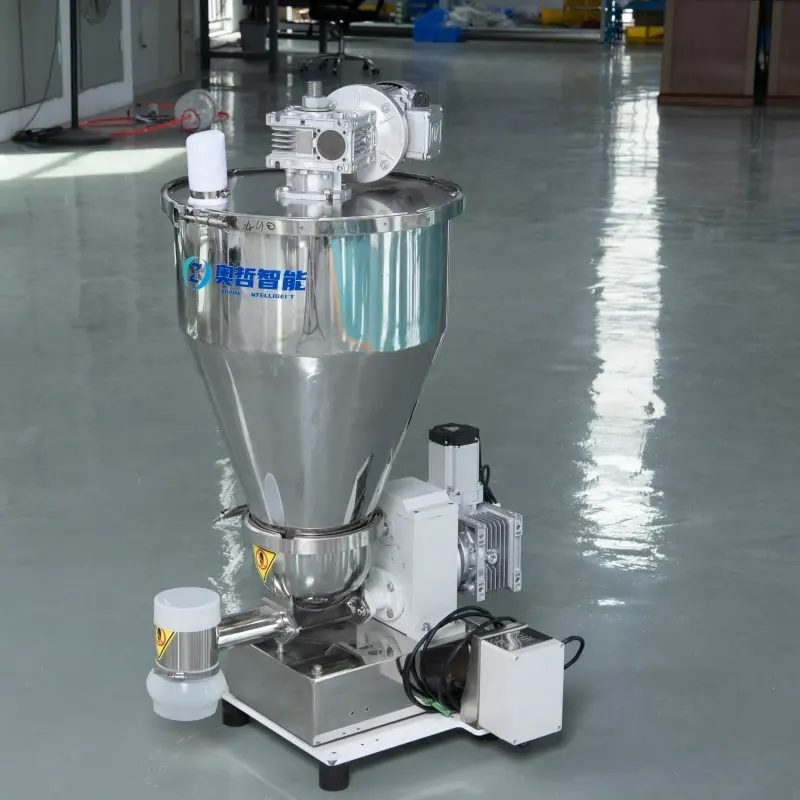Advantages of Double Screw Loss-in-Weight Feeders in Plastic Extrusion and Masterbatch Production
Release time: 2025-09-25
Table of Contents
In today’s plastics processing industry, accurate dosing is the key to ensuring product quality. Whether in plastic extrusion or masterbatch production, inaccurate material proportions can lead to poor performance, inconsistent color, or even defective products. Double screw loss-in-weight feeders, as high-precision feeding and dosing equipment, are increasingly applied in these fields and bring clear advantages.

1. High dosing accuracy for product stability
By combining continuous weighing with screw feeding, the double screw loss-in-weight feeder delivers materials with exceptional precision. Compared to traditional volumetric dosing methods, it maintains extremely low error margins, ensuring that raw material ratios remain accurate. This stability guarantees consistent product properties such as color, strength, and durability while minimizing quality fluctuations.
2. Strong adaptability to different materials
In masterbatch production, raw materials often include powders, pellets, or additives with poor flowability. Standard feeding equipment can easily clog or deliver uneven dosing, while the twin-screw design overcomes this challenge. It can reliably feed sticky, low-flow, or irregular materials, keeping the production process smooth and uninterrupted.
3. Improved efficiency with less manual intervention
Equipped with an advanced control system, the twin screw loss-in-weight feeder automatically monitors and adjusts the feeding rate. This minimizes human error, reduces manual labor, and allows for long, continuous, and stable operation in extrusion lines—significantly improving overall production efficiency.
4. Energy savings and reduced material waste
Accurate dosing prevents excessive or wasted material use. In extrusion processes, every gram of raw material saved translates into significant cost benefits over time. In addition, steady and uniform feeding reduces mechanical wear, prolonging equipment life and further lowering operational costs.
5. Support for intelligent production and data management
Modern double screw loss-in-weight feeders are often equipped with advanced control systems that can integrate with other production line equipment, enabling smart manufacturing. Data monitoring and analysis also allow for process optimization and quality traceability. This not only improves management efficiency but also aligns with Industry 4.0 trends.
Conclusion
Overall, accurate double screw loss-in-weight feeders provide high accuracy, strong adaptability, energy savings, and intelligent control, making them an ideal choice for plastic extrusion and masterbatch production. For companies aiming to improve product quality and reduce costs, investing in this technology is a highly valuable decision.


